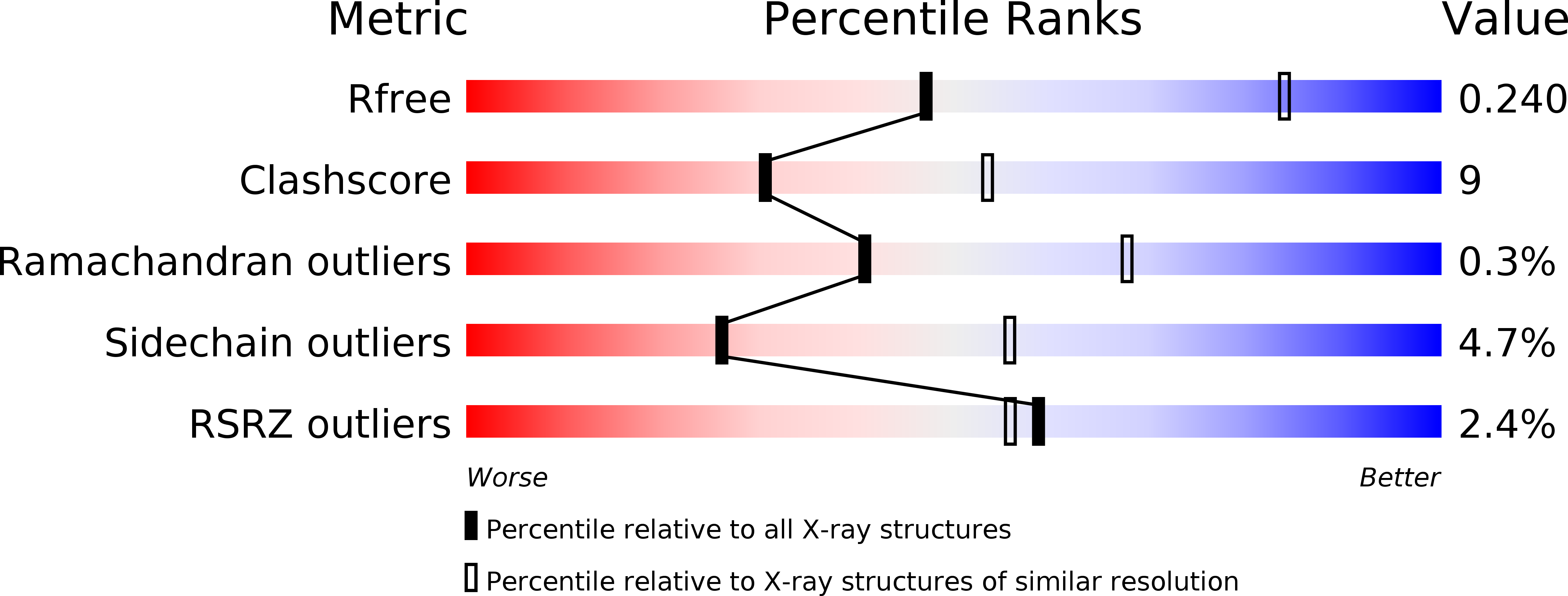
Deposition Date
2012-06-15
Release Date
2013-11-20
Last Version Date
2024-10-09
Entry Detail
PDB ID:
3VU3
Keywords:
Title:
Crystal structure of the Hfq and catalase HPII complex
Biological Source:
Source Organism:
Escherichia coli (Taxon ID: 83333)
Method Details:
Experimental Method:
Resolution:
2.85 Å
R-Value Free:
0.24
R-Value Work:
0.19
R-Value Observed:
0.19
Space Group:
I 2 2 2


